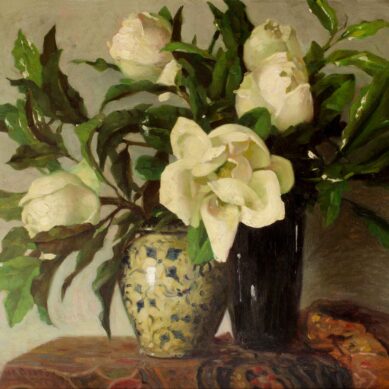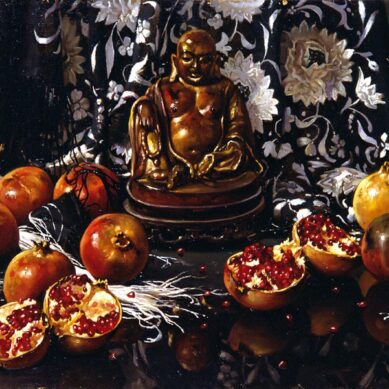You searched
Painter
Bruno Croatto
Are you interested in the sales or the purchase of his artworks?
We buy works of this artist
and of other painters and sculptors from the 16th century to the first half of the 20th century
The Berardi gallery offers a free and without obligation service for evaluation of ancient and modern art . To find your way in the art market, very complex and full of nuances, it is better to rely on a professional consultant who can answer fast and concretely to your needs. The clarity of the answers will resolve effectively the need to estimate or sell an asset.
Contact us immediately without commitment
Answers also in 24 hours:
Bruno Croatto
Bruno Croatto
Born on 12 April 1875 in Trieste, at that time a prosperous port and business centre of the Austro-Hungarian Empire, Bruno Croatto first trained in his home town and from around 1892 at the Munich Academy. In the lively Munich environment, he became acquainted with Impressionist research on colour filtered through the Nordic stylistic elements of magazines such as ‘Jugend’ and ‘Simplicissimus’ and received the stimuli of the Secession and Max Liebermann and Franz von Stuck.
Paradigmatic, however, must have been for the artist the classicism of Anselm Feuerbach through which he approached the lesson of the Italian and Flemish 15th century masters and van Dyck and Rubens, studied in the rooms of the Alte Pinakothek. After making his debut in 1895 at the Sala della Borsa in Trieste together with fellow students Arturo Fittke and Achille Tamburlini, he participated in the Venice Biennale in 1897, an exhibition at which he would be present continuously between 1912 and 1924. Among his earliest known works is the Ritratto della madre dormiente (Portrait of the Sleeping Mother), which can be dated to after 1904, in which the lesson of Arturo Rietti from Trieste, from whom he must have been initiated into the use of pastel, merges with Nordic suggestions and in particular with the lesson of Munch.
In search of new themes and motifs, around 1908 Croatto moved to Orvieto, D’Annunzio’s ‘city of silence’, where he specialised in etching and aquatinting, techniques favoured for giving form to dreamlike and nocturnal visions. Over the course of two years, he mastered every secret of copperplate engraving. Drawing becomes an instrument of investigation through which to appropriate the essence of the phenomenal datum and transfigure it into a dimension of pure objectivity, while colour becomes increasingly flat and chromatic choices are oriented towards the contrast of warm and cold colours. Space is progressively reduced to zero in order to emphasise the human figure in portraits and the objects in still lifes. The period between 1910 and the outbreak of the First World War is marked by travels around Italy. Intense at the same time is his exhibition activity. In addition to exhibitions at the Circolo artistico in Trieste (1897, 1912, 1924, 1926, 1928), there were exhibitions at the Amatori e Cultori in Rome (1908, 1912), the Opera Bevilacqua La Masa in Venice (1909) and the Munich Exhibition (1911).
Parallel to this was the pictorial research of the 1910s, which developed along the lines of post-impressionism. It was in the post-war period, however, that Croatto reached artistic maturity under the sign of a return to order in the direction of magic realism. The technique, the work, that constant practice exercised for years through the difficult technique of engraving, the backbone of Croatto’s poetics was grasped by critic Silio Benco: “he always underwent a sort of imperative, which came to him not only from the study of the 15th century […], but from the suggestion of his own strongest individual qualities: the firm hand of the draughtsman, the cold discipline of the eye to isolate itself on those realities exactly that he wanted to hit, his faculty of discerning without anything else and to set local values right”. As testified in a letter addressed to his brother on 3 March 1942, on the occasion of the solo exhibition held at the Galleria La Barcaccia Croatto had come to produce a painting every three days. This was one of his last efforts before his death in Rome on 6 September 1948.
Teresa Sacchi Lodispoto



















